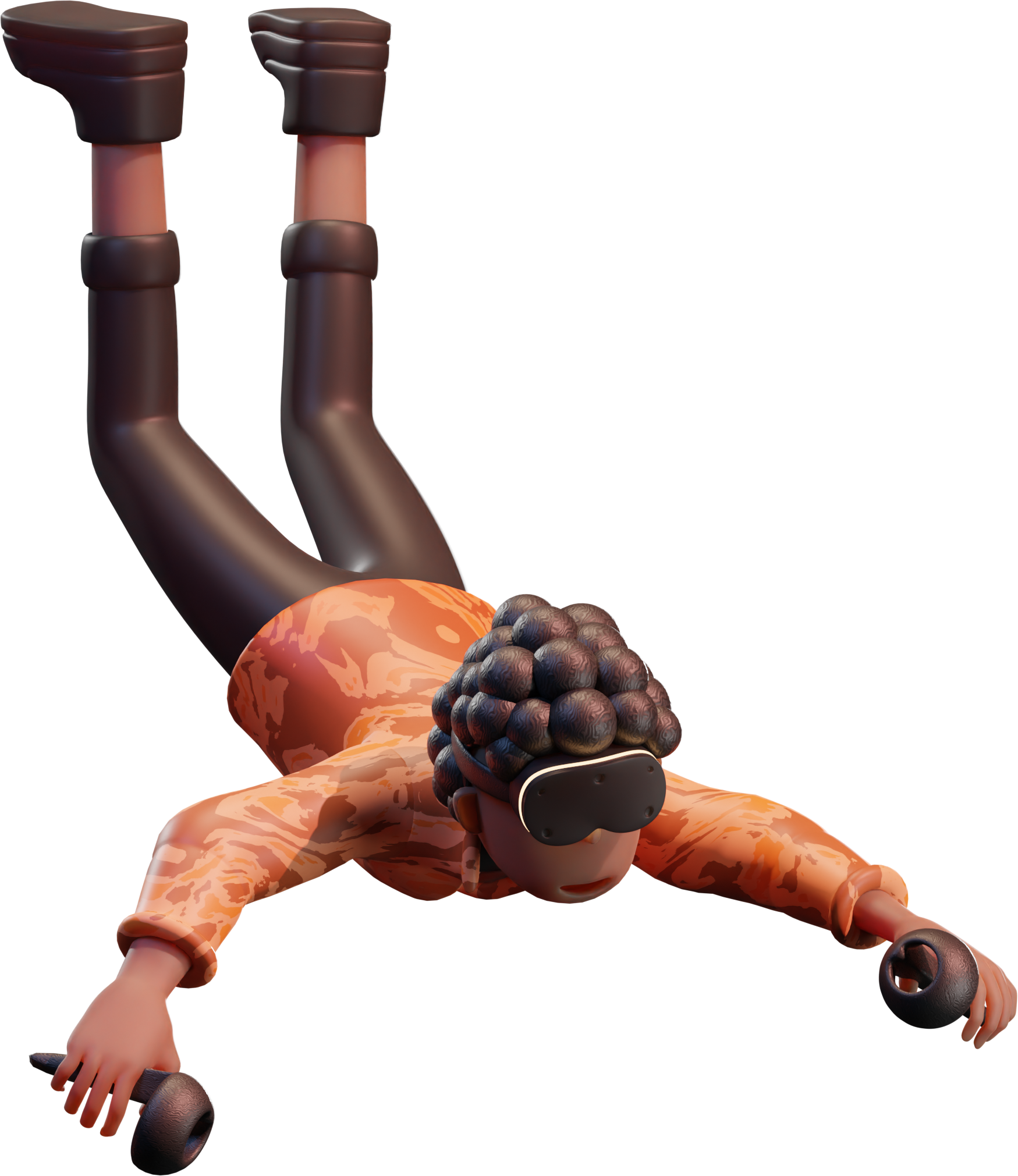
Why Creating 3D Models in Augmented Reality is a Challenging Task
Augmented Reality (AR) is transforming the way we interact with the world around us. With AR technology, we can overlay virtual objects onto the real world, creating a more immersive experience for users. AR has numerous applications, from gaming and entertainment to education and training. However, creating 3D models in Augmented Reality can be a challenging task. In this blog, we will explore some of the reasons why it is so hard to create 3D models in Augmented Reality.
One of the primary reasons why it is difficult to create 3D models in AR is the complexity of 3D modeling software. 3D modeling software requires specialized skills and knowledge, and it can be challenging for beginners to get started. The software is also expensive, which makes it difficult for independent developers and small businesses to access. To create high-quality 3D models, developers need to invest a significant amount of time and resources into learning the software.

Another challenge of creating 3D models in AR is the technical limitations of mobile devices. AR experiences are typically built for mobile devices, such as smartphones and tablets. However, these devices have limited processing power, memory, and storage. This makes it difficult to create complex and detailed 3D models. Developers need to find ways to optimize their 3D models to work within the technical constraints of mobile devices.
Lack of standardization is another issue that makes it hard to create 3D models in AR. There is no industry-wide standard for AR development, which means that every AR platform has its own requirements and specifications. This makes it challenging for developers to create 3D models that can be used across different platforms. Developers need to create multiple versions of the same 3D model for different platforms, which increases the workload and makes it difficult to maintain consistency across platforms.
Finally, limited resources are also a significant challenge for creating 3D models in AR. Creating high-quality 3D models requires a significant investment of time, money, and expertise. Small businesses and independent developers may not have the resources to create high-quality 3D models, which limits the number of AR experiences that are available to users.
In conclusion, creating 3D models in Augmented Reality is a challenging task due to the complexity of 3D modeling software, technical limitations of mobile devices, lack of standardization, and limited resources. Despite these challenges, we can expect to see improvements in AR technology in the coming years, making it easier for developers to create high-quality 3D models and deliver more immersive AR experiences to users. As AR technology continues to evolve, we can expect to see more innovative applications of AR in areas such as healthcare, manufacturing, and retail.

